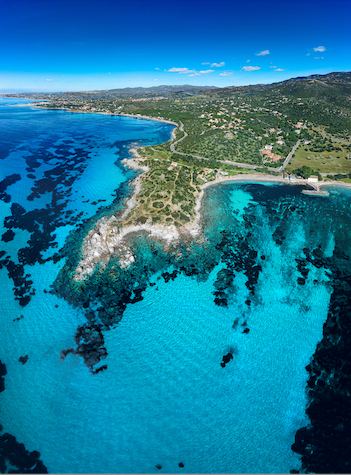Speaker
Description
The interplay between High Energy Physics and Positron Emission Tomography detector development keeps providing encouraging outcomes of mutual interest, most notably observed in the development of scintillators, photon detectors, as well as the physics simulation tools. Our group develops PET detectors with the time of flight ability. In this work we present the 16-channel prototype which uses FBK SiPMs and the FastIC ASIC. The prototype has a 3mm pixel pitch and uses LYSO crystals for gamma detection. We present the construction, calibration, measured results and discuss future development
directions.
Summary (500 words)
In time of Flight PET it is crucial to register gamma photons with very high precision. Following the latest developments, we integrate the novel low power FastIC ASICs with HV-NUV-MT SiPM array from FBK into a sensor module, and couple it to a LYSO crystal. The 8 channel FastIC is a front-end ASIC which employs a low power circuitry to discriminate down to single photon signals from various photon detectors. With its power consumption of 12 mW/ch for the default settings, and an input range between the 5 μA–25 mA peak current it can cover both positive and negative signals. Its basic output provides the time of arrival signal via the SLVS differential standard, and can be read by an external device like an oscilloscope or external TDC. In addition, it outputs a second
signal where the width is proportional to the peak height information. Its functionality was already evaluated in coincidence single channel setup [1] In this work we evaluate a system with multiple
channels. We developed a small prototype using 2 ASICs which combined provide a total of 16 readout channels. This 6-layer board is also equipped with local LDO power supplies, biasing circuits and temperature sensors, and can be seen on Figure 1. Half of the SIPMs are read in common cathode mode, while the other is in common anode featuring separate overvoltage bias supply filter for each SIPM. The other electrode of the photodetector is connected directly in into the ASIC’s input channel. The selection
of scintillating crystals remains flexible, as an external 3D printable holder housing the crystals can be attached on top of the fixed SIPM array. Multiple boards were produced to increase the statistical information outcome, and a separate custom FPGA unit is used for loading of slow control parameters. Finally, data from the 16-channel module are wired straight into a Caen HPTDC with 25ps resolution, and
to a more precise system using the PicoTDC [2].
Our final goal is to develop a photodetector that will be used in the next generation imaging device, e.g., for medical [3] and HEP applications (RICH particle identification). In this work we explore the performance and provide a substantial amount of data for image reconstruction studies. In the contribution we will present the module construction, calibration, and obtained results.
